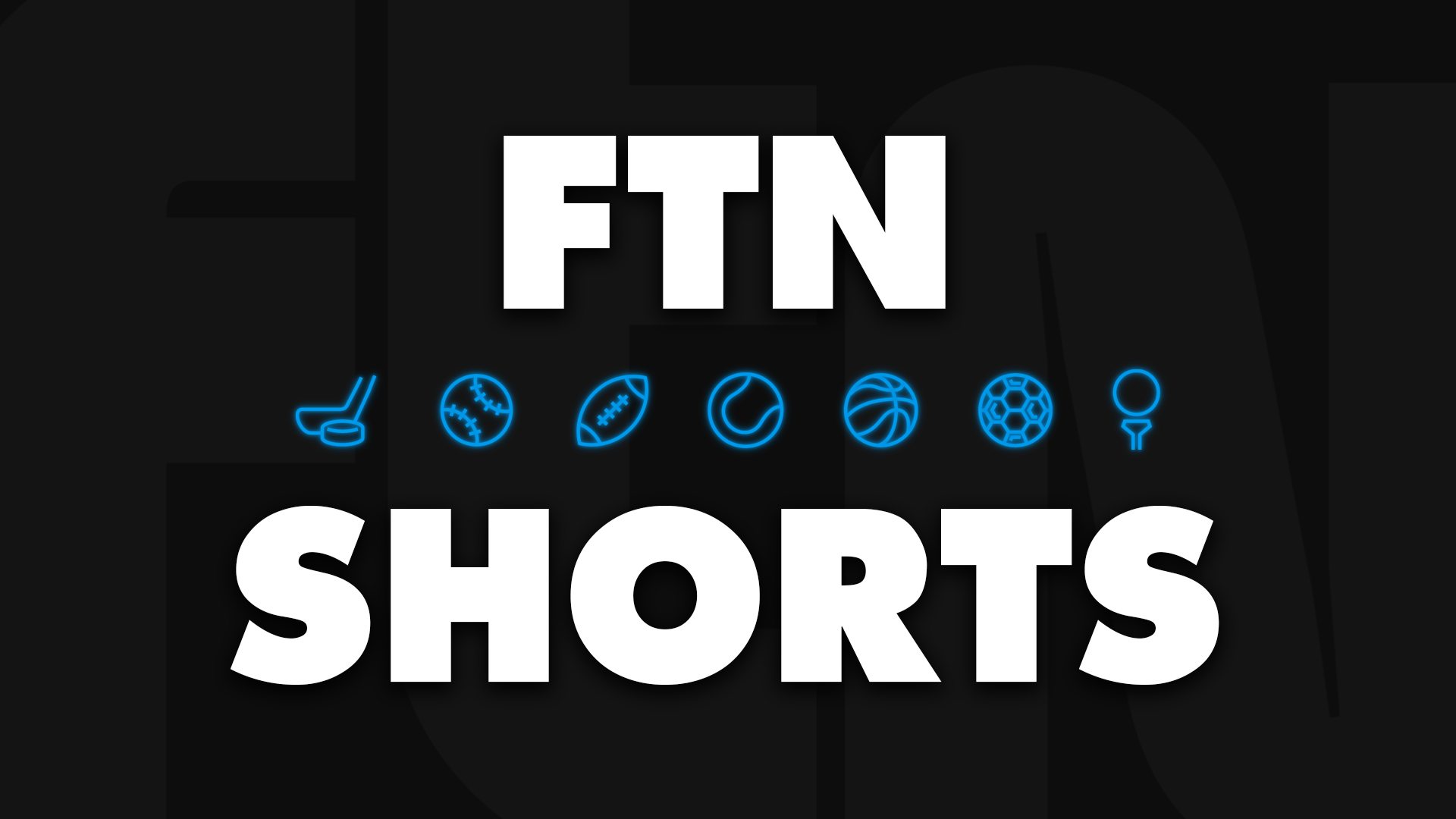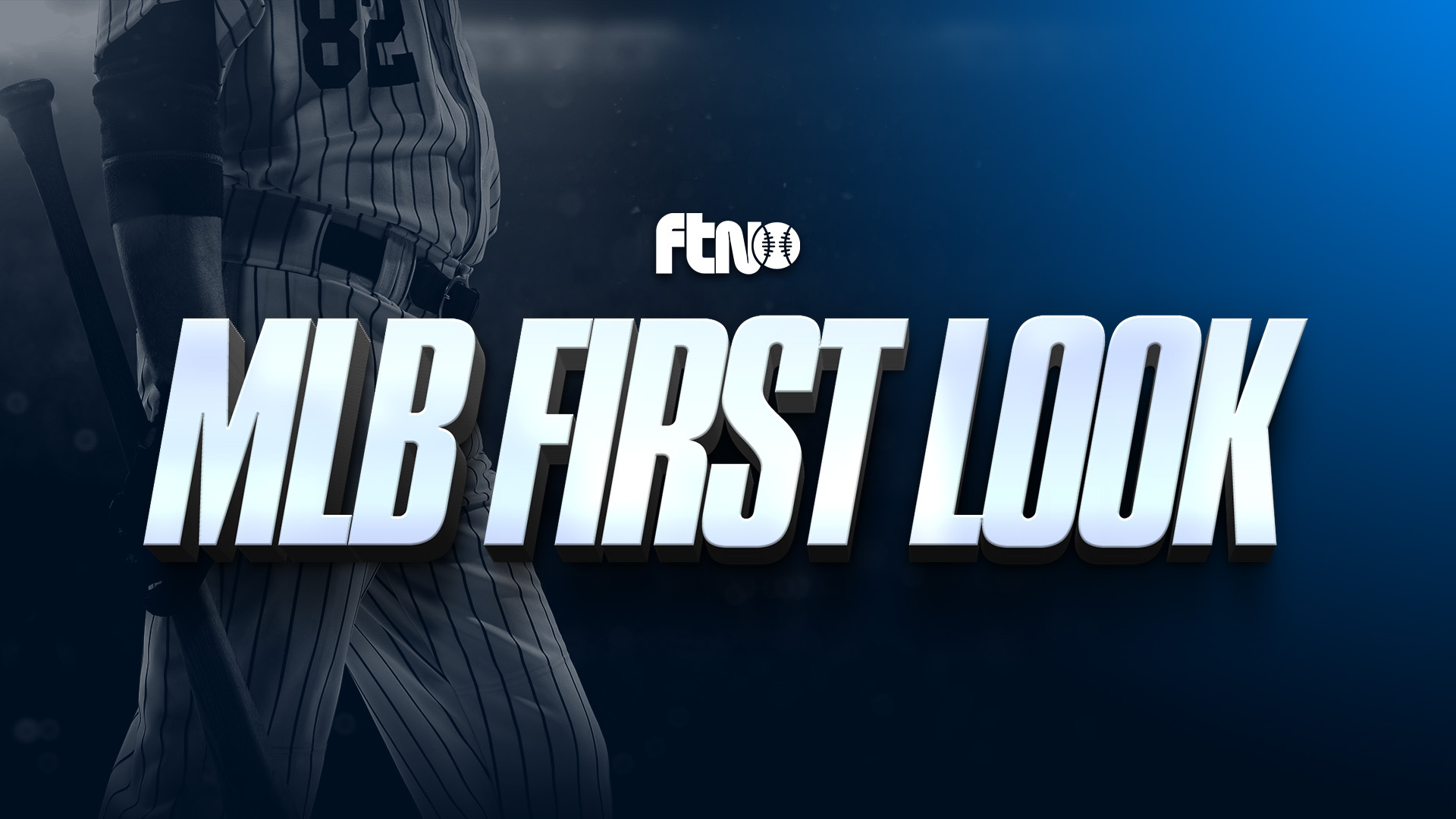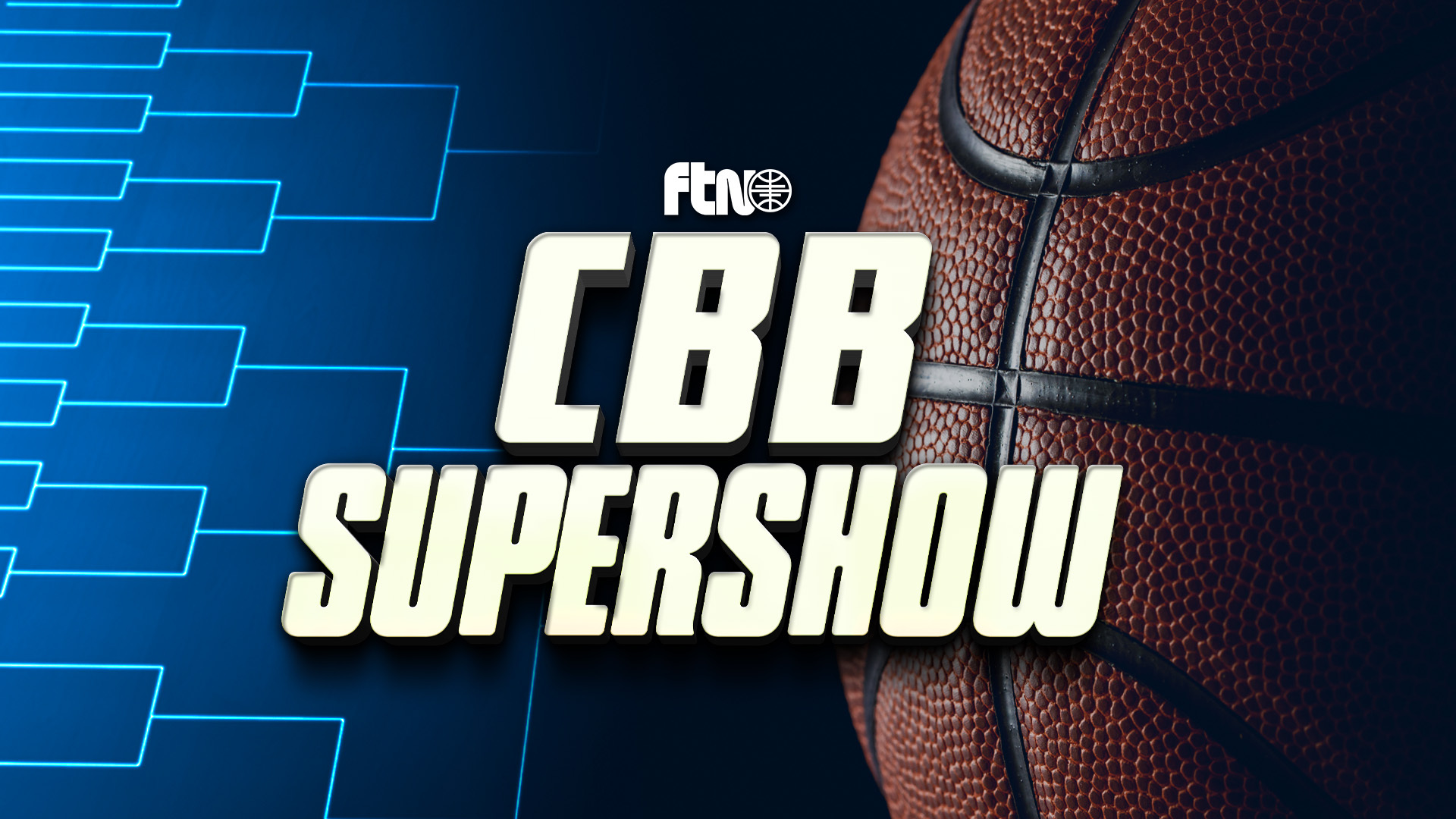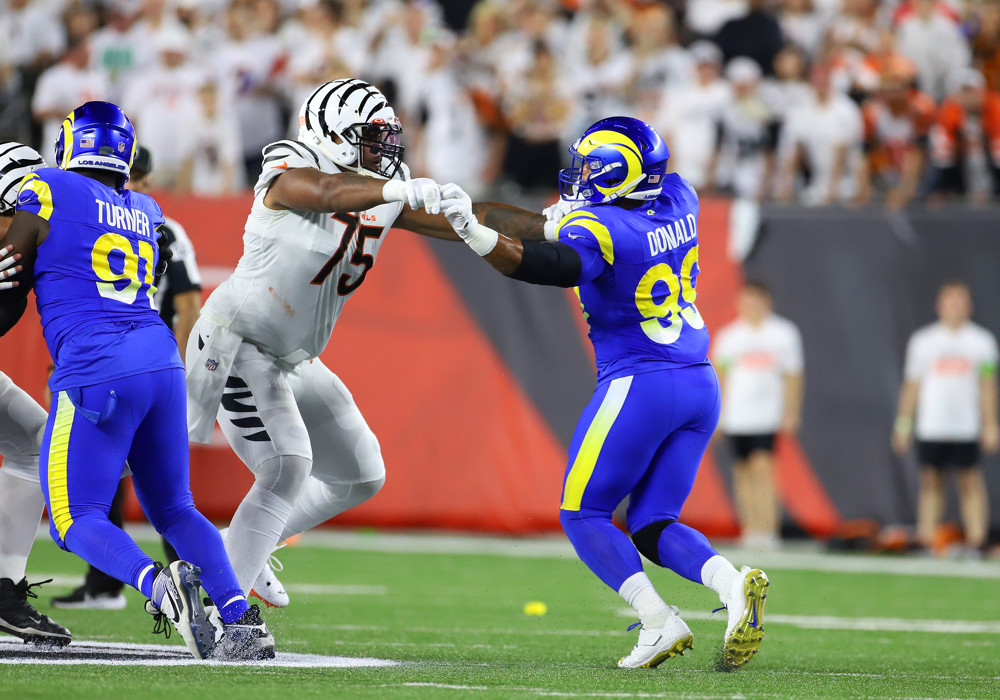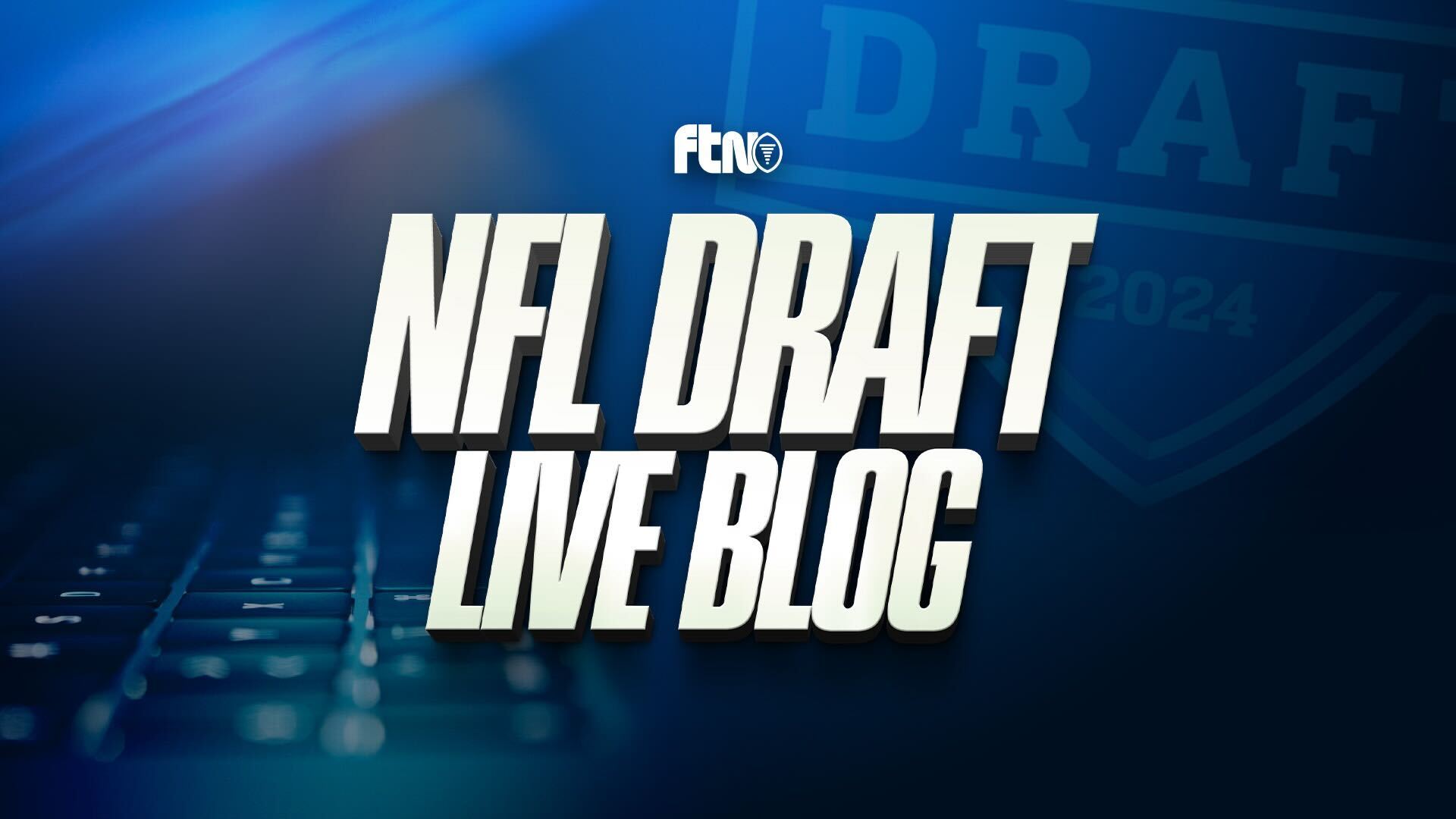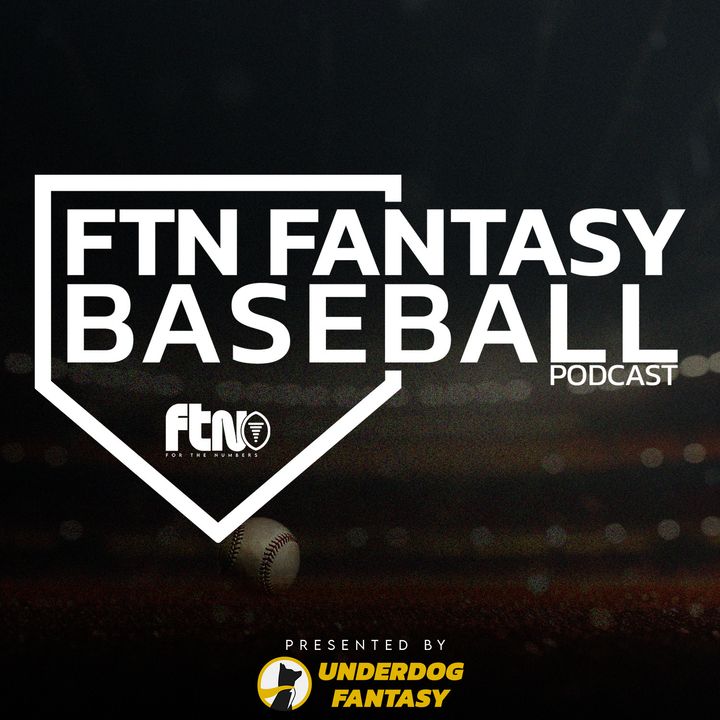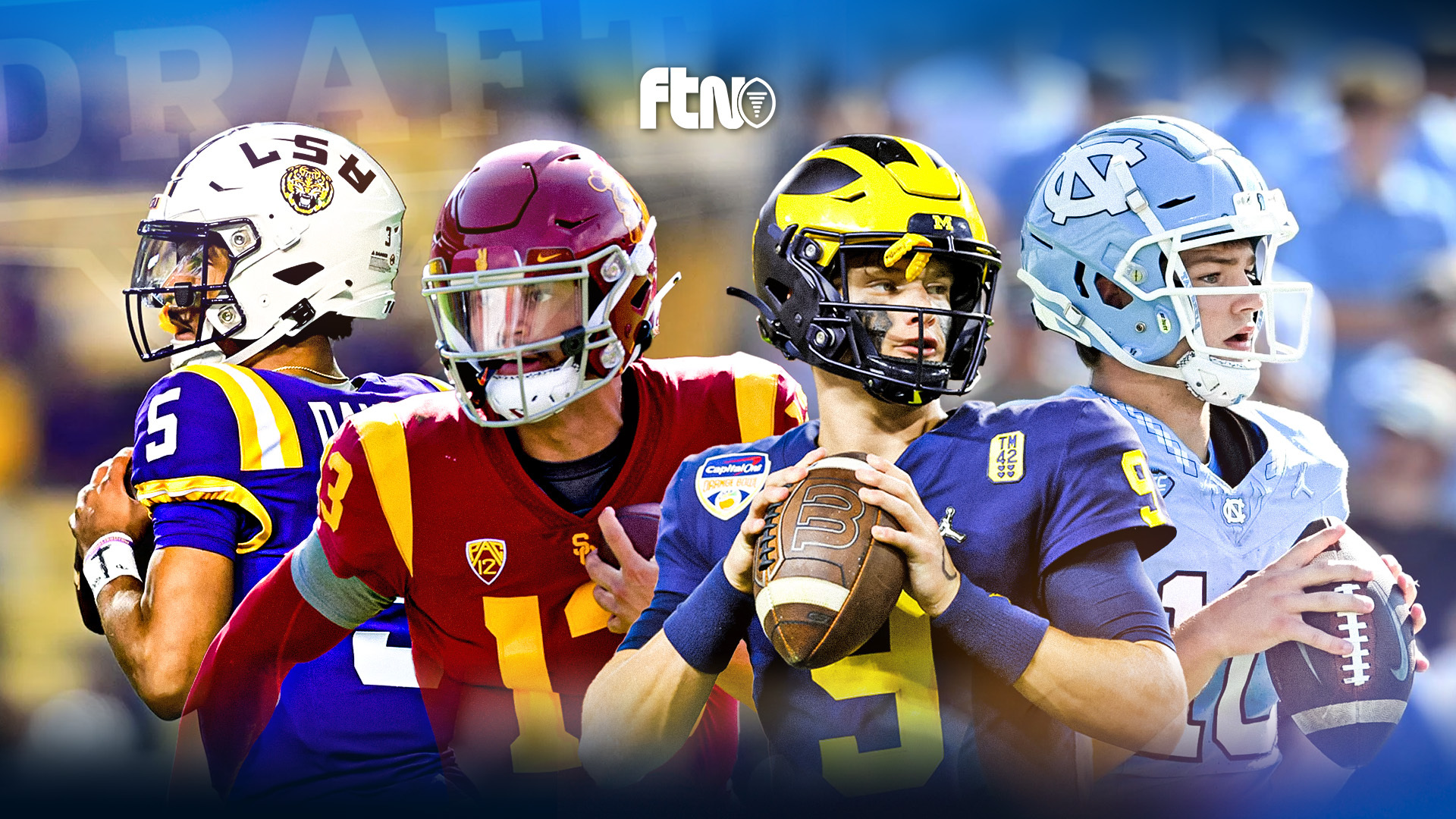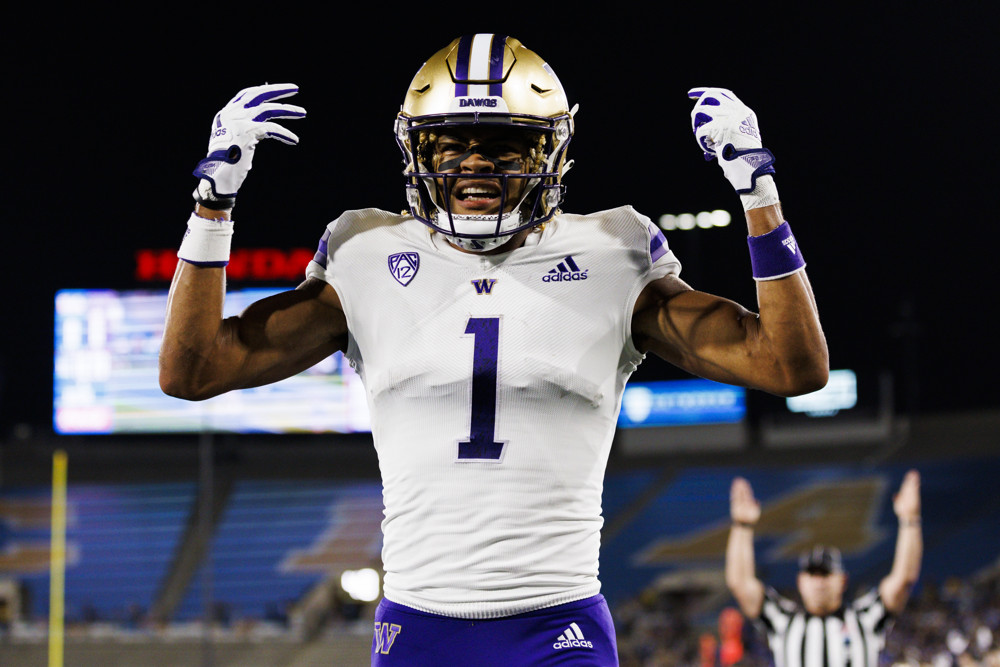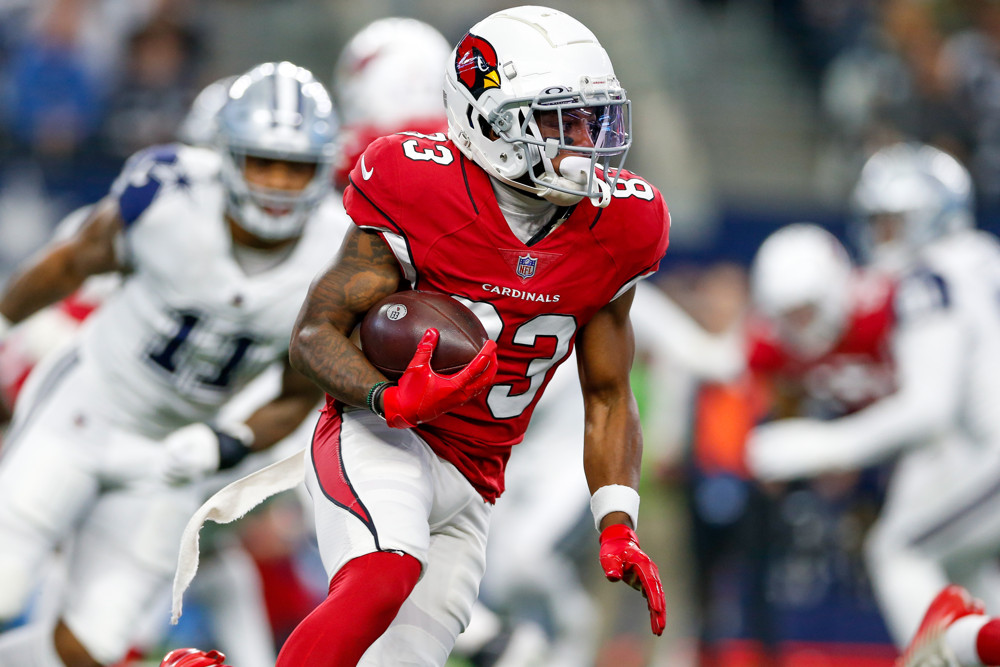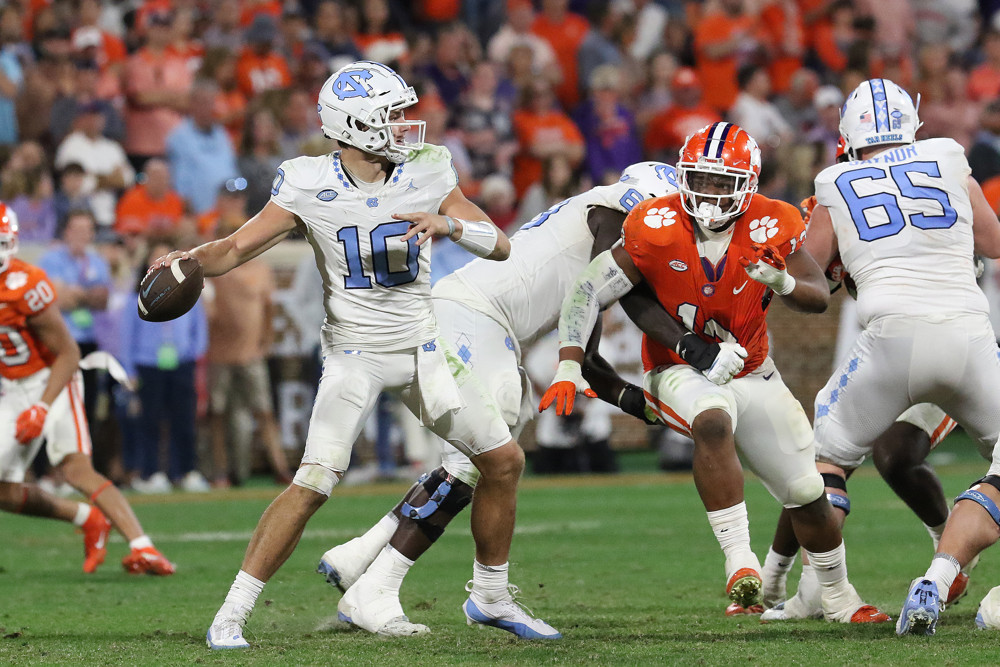
After reviewing the best fantasy football draft strategy for PPR leagues as well as fantasy football draft strategy for 0.5 PPR leagues, we’re going a bit off the beaten path in this piece, focusing more on the draft structure than the scoring settings of a league.
Snake drafts are the most popular drafting format among fantasy football players, but people can get frustrated with the lack of fairness in a draft. This is typically due to the fact that if you have the first overall selection, you then have the opportunity to take three of the top 25 players off of the board. So, to level the playing field, some leagues opt for a third-round reversal draft.
How should you approach this draft? Well, that depends on your draft position, as that is the biggest factor in your approach. Below outlines how to approach a third-round reversal draft from three overall “tiers” of the draft order.

(Take advantage of the FTNFantasy Platinum package for the 2021 season!)
What to do with the top five picks – Fantasy football draft strategy
The top five picks in the first round in a third-round reversal league don’t necessarily change much, as it’s hard to avoid a workhorse running back within this range. Understanding that you will be drafting towards the tail end of Rounds 2 and 3, it only solidifies the idea of strengthening your lineup with a high-volume floor accompanied by a heap of rushing equity.
Within the first five picks, I would consider any of Christian McCaffrey (duh), Dalvin Cook, Derrick Henry, Alvin Kamara, Ezekiel Elliott and one non-running back, Davante Adams. The latter is a bit of an anomaly, as he provides a ton of volume security in his reception totals as well as 20-touchdown upside in any given season.
In terms of Rounds 2 or 3, there are two specific routes you can go. Using the FTN consensus ADP tool, four of the six picks (three prior, three following) surrounding pick 24 (No. 1’s second-round selection) are running backs. Meanwhile, the third-round reversal pick for the No. 1 pick (pick 36) is sandwiched by two running backs ahead of 36, and one running back behind pick 36 (within three spots each way).
The point is that there is a much higher likelihood of there being an elite running back on the board (relative to draft position) in the second round than the third, whereas there are still an ample number of receivers at the back end of the third round and the turn of the fourth round. Because of this, you can solidify an ultra-strong core by going RB-RB-WR-WR and filling out your roster naturally in the subsequent rounds. An example of this would be having the 1.02 and going with Dalvin Cook (1.02), Najee Harris (2.11), Amari Cooper (3.11), Chris Godwin (4.02).
Preferred strategy for picks 1-5: RB-RB-WR-WR
(Check out Jeff Ratcliffe’s top 100 0.5 PPR rankings.)
Wide receiver or running back with Picks 6-9? – Fantasy football draft strategy
Picks 6-9 are less affected by the third-round reversal than the front or back end of the draft, as there is less of a drastic round-by-round swing. This makes it easier to transition from a traditional snake draft strategy to a third-round reversal draft if you land within this range.
Because of this, I prefer to deploy a similar strategy that I do in traditional PPR draft formats for Picks 6 and 7. If one of the top running backs drops to you at these picks, such as Derrick Henry, Alvin Kamara or Ezekiel Elliott, they would be an elite target. In a more likely scenario, you will be faced with choosing between the likes of Davante Adams, Travis Kelce, Tyreek Hill and Saquon Barkley. Of those four, I prefer them in the following order: Adams, Kelce, Barkley, Hill. From there, it comes down to simply approaching the rest of your draft as well as the reversal as you normally would.
Picks 8 and 9 are a bit different, however. As you start to creep closer to the back of the first round, you’re presented not only with an appealing turn at the end of the round, but also an earlier pick in the second round. In this scenario, I prefer to stack two elite receivers, such as Davante Adams or Tyreek Hill in the first round, followed by someone like Calvin Ridley or DeAndre Hopkins in the second round. Doing this will solidify your receiving corps to a point where you don’t need to put as much as emphasis on it throughout the subsequent rounds because of the floor/ceiling combination previously secured.
This will then allow you to focus on upside running backs that could slip to the beginning of the third round, such as Clyde Edwards-Helaire, Najee Harris or D’Andre Swift.
If having the ability to choose your pick in your draft and it’s a third-round reversal, I prefer Picks 8 and 9 to Picks 6 and 7, as you get closer to the valuable turn coupled with an elite third-round selection, as previously mentioned.
Preferred strategy for picks 6-7: WR-best available-best available
Preferred strategy for picks 8-9: WR-WR-RB

(Get an All Access pass to FTN NFL coverage across all sites for $349.99.)
How to daft from picks 10-12 – Fantasy football draft strategy
As I somewhat alluded to above, the turn at the end of the first/beginning of the second round is a valuable one, as you get two of the top-15 players on the board. What makes these selections even more enticing in a third-round reversal, however, is the fact that you get one of the first three picks in the third round as well. This completely reverses the fortunes of the last three picks, automatically giving them three of the top-27 players on the board.
Typically, toward the back-end of the first round, receivers are more popular, guys like Tyreek Hill and Stefon Diggs. With the way drafts are trending now, however, there’s a potential to get Saquon Barkley or Aaron Jones in this range. If either of those two running backs or any of the aforementioned group are available, they would take priority for me in the first round. With the ability to pick right after the turn, there’s a high likelihood that an elite receiver such as Ridley or Hopkins will still be there.
You then also have one of the first three picks in the third round. As the current ADP stands, you’d be looking at players around the list below (taken from FTN’s consensus ADP tool), with the consensus ADP in the far-right column:
Who you select here is contingent on what you do with your first two picks. If you end up going WR-WR, it makes sense to anchor your third round with someone like Harris or Edwards-Helaire. If you end up going RB-RB in the first two rounds, one of these receivers makes sense. You can also go RB-WR or WR-RB in the first two rounds, opening your third round up to taking the best available player and not sacrificing too much depth at either position.
As you can see, the back end of the first round offers an immense amount of flexibility in a third-round reversal draft. Because of this, these three slots are my favorite to target in this format, as picking at the back of the draft comes with the reward of snagging three of the top 27 projected players on the season
Preferred strategy for picks 10-12: RB-RB-WR, WR-WR-RB, RB-WR-WR

(Take advantage of the FTNFantasy Platinum package for the 2021 season!)






